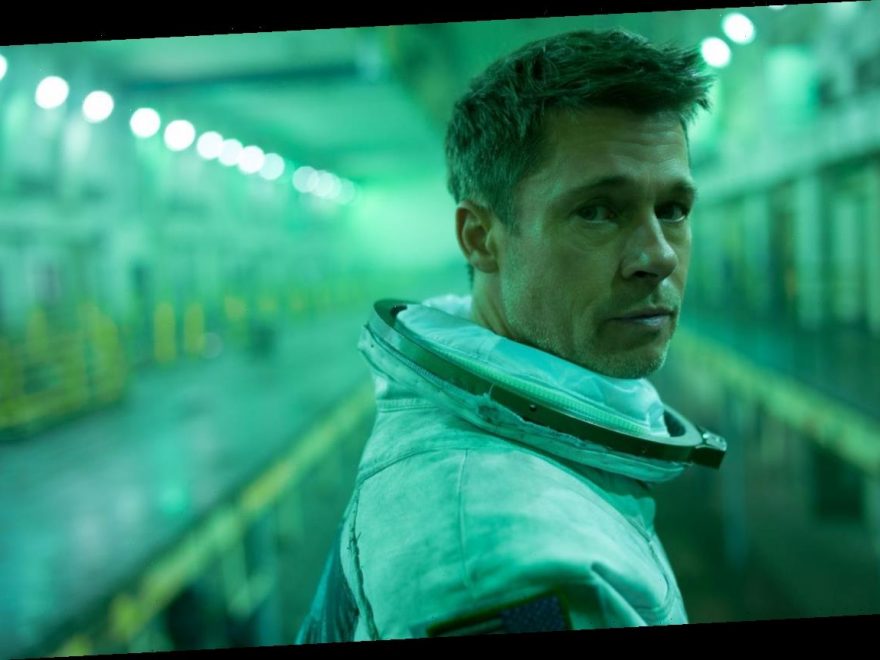Neil deGrasse Tyson tried and failed this week to call out a mistake in Denis Villeneuve’s “Arrival,” but he next took a swing at the science behind James Gray’s “Ad Astra.” Gray’s science-fiction drama stars Brad Pitt — as the son of a legendary astronaut — who ventures through the solar system toward Neptune to discover the truth behind his father’s disappearance. The film opened last fall to critical acclaim and $132 million at the worldwide box office — leading to a Sound Mixing Oscar nomination. As this is a film from the director of “Two Lovers” and “The Lost City of Z,” “Ad Astra” often prioritizes character drama over science, so it’s no surprise to hear some of Tyson’s criticisms. The astrophysicist has the biggest issues, in particular, with the moon sequence in “Ad Astra.”
“The film ‘Ad Astra’ showed an excellent lunar landscape,” Tyson wrote on Twitter. “Desolate. Without color. Bright in sunlight. Dark in shadows. Daytime starry skies. Except the length of shadows should have been much longer, extending in front of them, just before crossing to the Moon’s darkened far side.”
Tyson argues the shadows of the characters and vehicles would be greater on the moon than what’s depicted in “Ad Astra,” and he writes the view of Earth would also be different. “They announce the Moon is almost full, yet a ‘blue marble’ gibbous Earth hangs in the sky — a geometric impossibility,” he writes. “During full Moon, from the Moon, you would ‘see’ only the un-illuminated nighttime side of Earth, or at most, a very thin crescent.”
As for the moon pirates, Tyson joked, “Moon Pirates? What are they thinking?” he asked. “Buried treasures on the Moon? If the Pirates knew how expensive it is to be a Pirate in space, they might have just stayed on Earth and become investment bankers.”
“Ad Astra” is now available to rent or buy on digital platforms.
Popular on IndieWire
Source: Read Full Article
